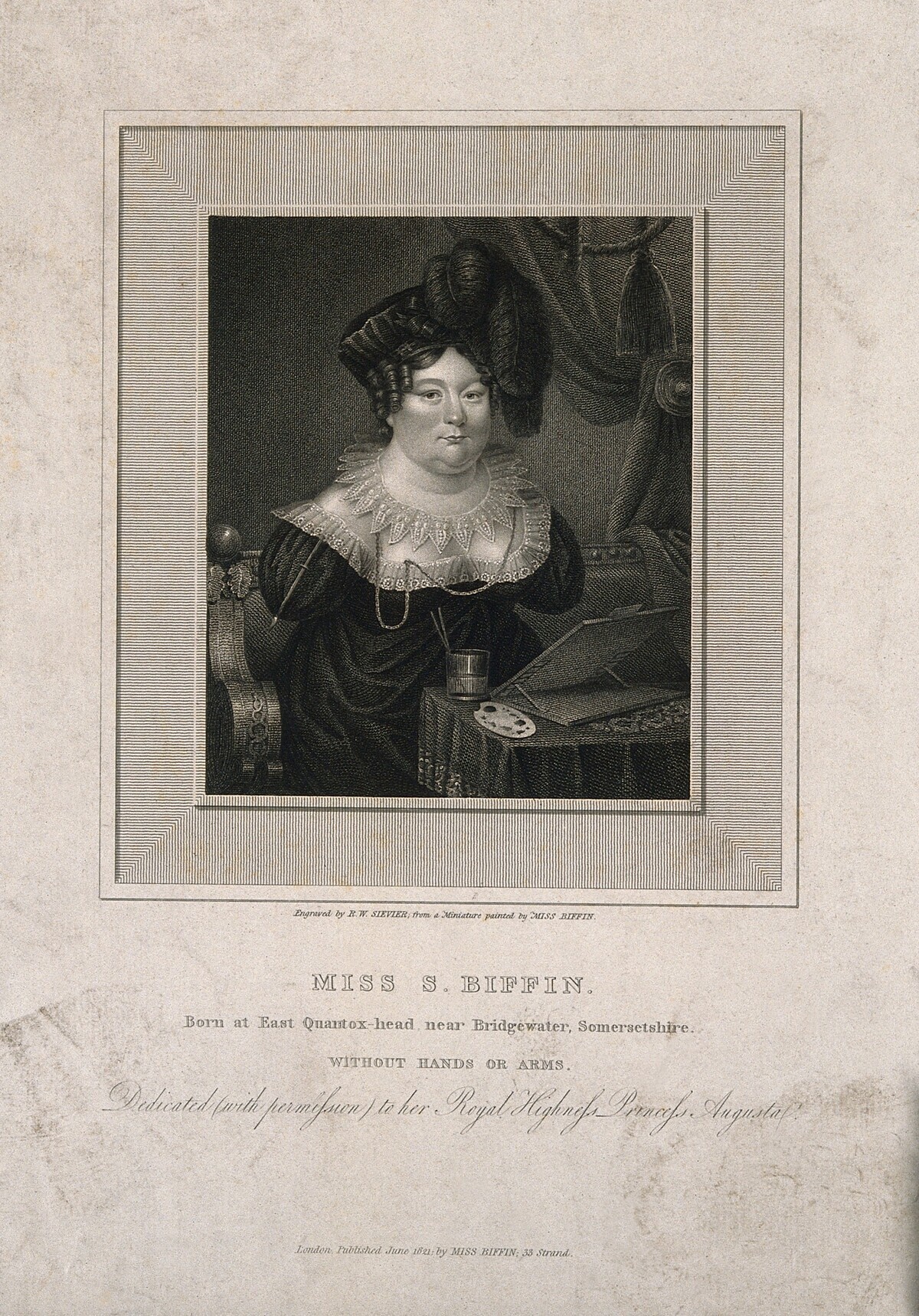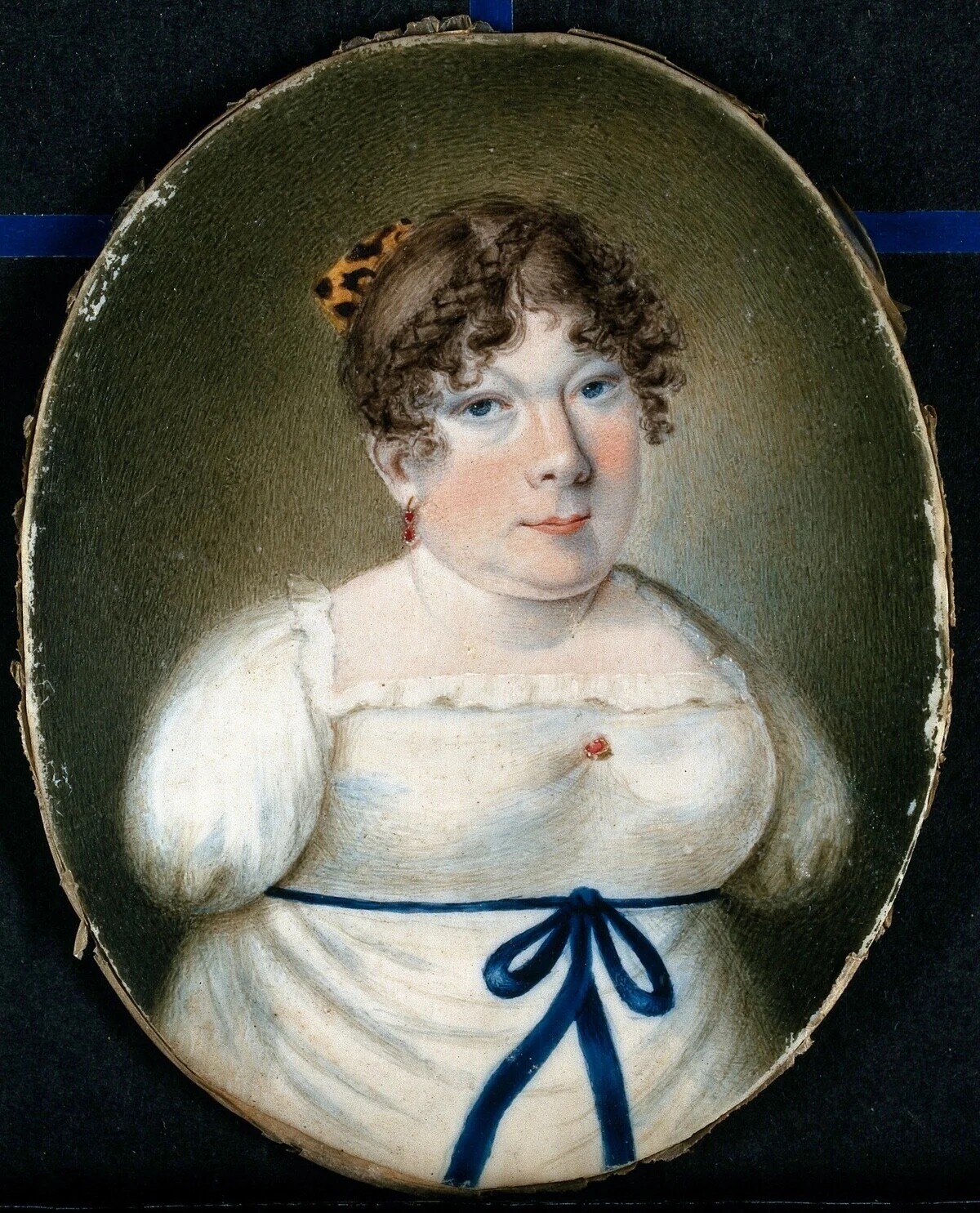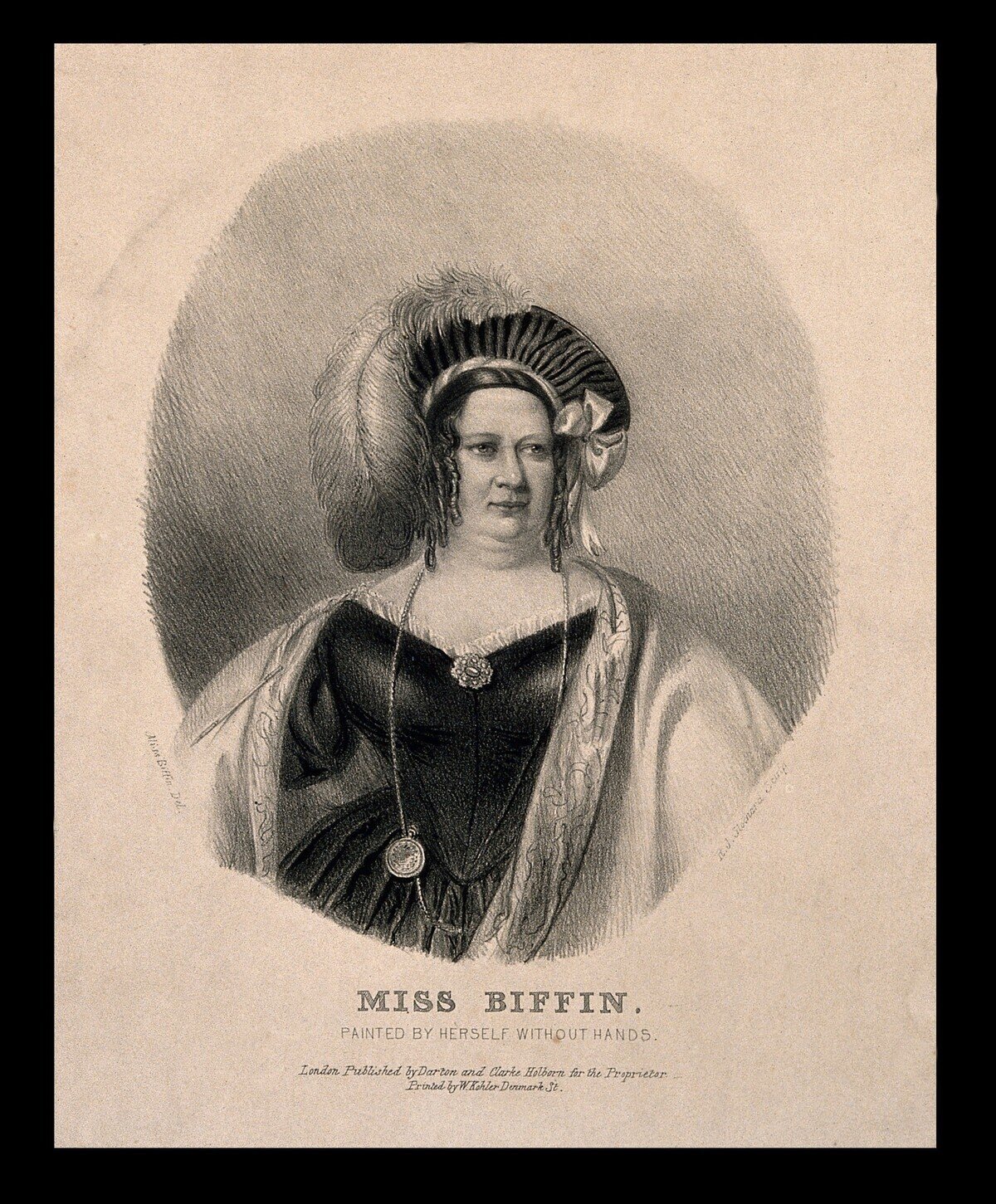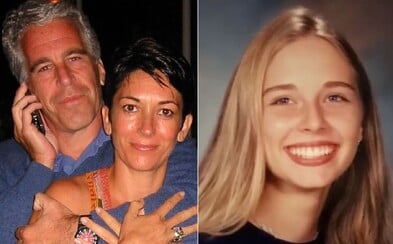 Latex model Natália: It turns me on to be a live f*ck doll. I can turn into a completely different person
Latex model Natália: It turns me on to be a live f*ck doll. I can turn into a completely different person
Latex model Natália: It turns me on to be a live f*ck doll. I can turn into a completely different person
Latex model Natália: It turns me on to be a live f*ck doll. I can turn into a completely different person
Miracle Without Limbs: She Painted For Kings, Charles Dickens Wrote About Her
She started her career in the circus, but later painted for royal families.
If problems persis, please contact administrator.
Painting without hands is admirable. Even more so when one reaches the level of the best artists. Sarah Biffen was born without limbs, and her incredible life full of obstacles would make for an Oscar-winning Hollywood drama.
From a bleak situation, she worked her way up to the royal courts and to education, which was forbidden for women in the 18th century. However, she lost all her money because of her husband, and despite her successful career, she did not die surrounded by wealth.

She would rather roll around than be carried
She had no arms or legs, and was only 94 centimeters tall as an adult. "I really wanted to do embroidery, but my parents discouraged me because they thought the whole idea was unfeasible," Sarah Biffin, who suffered from so-called phocomelia, wrote in her short biography, The Guardian reports. She was born in British Somerset in 1784 to a family of farmers, and her prospects for the future were considerably limited compared to the present.
Despite this, she managed to learn how to work with scissors, a needle, write and paint pictures at a top level. She used her mouth for all activities.
She started training at the age of eight. With an honest daily effort, she finally managed to sew her first dress. She mastered writing and sewing by mouth at the age of ten. She accepted help from others in connection with her handicap only in truly necessary cases. When she went to church with her parents, she refused even to be carried in their arms. She insisted on rolling to the bench.

"Miracle Without Limbs"
In her youth, the gifted woman without arms and legs was noticed by showman Emmanuel Dukes, who invited her to his circus freak show. According to some sources, he recruited her already when she was thirteen years old. However, the authors of the book Without Hands: The Art of Sarah Biffin state that she joined the circus when she was 20 years old, writes The Art Newspaper. At the same time, they emphasize that she showed interest in participating in the circus herself without being pressured by her parents.
In the circus, she performed under the nickname The Limbless Wonder, at other times she was called the Limbless Mermaid. Since many people could not believe how a person can paint, embroider or write without hands, the flyer attracted potential customers with very catchy advertising.
He promised them that if she didn't succeed, the viewer would be paid a bundle of money. When viewers saw Sarah Biffen working with her mouth, they immediately expressed interest in having her paint something for them. However, they had to pay extra for that.
Performing fed her or, better said, kept her alive until she was almost thirty years old. She didn't earn much in the circus - reportedly only £5 a year (in 1800 a woman in England earned £8 a year on average - source A Short History of English Agriculture). Simply put, her expectations were different and the artist was aiming - not only from the financial side - higher.

She painted royal families, Charles Dickens wrote about her
From the freak show, she eventually got into painting, which she devoted herself to for many years in addition to performing privately. However, her work was not exceptional only because she painted as a person without hands. Its quality was comparable to the best work of miniaturists (smaller paintings with a large amount of detail - editor's note) of its time, historian and art dealer Philip Moudl writes on the website.
In 1808, her work was noticed by George Douglas, Earl of Morton, who asked the artist to paint him. To check that no one was helping her with the portrait, he took the painting with him after each session. That's the only way no one could edit it, writes Historyextra.
The nobleman, pleased with the result of the artist, eventually provided a financial injection and arranged for her to take lessons from the top painter William Craig of the Royal Academy, who often worked for the British royal family. At the time, women could not study at this academy, so Sarah Biffen, as a disabled woman, got further than many women without disabilities.
In 1819, Biffen began work in her own studio, located in central London. The Earl of Morton continued to be a great supporter of hers and over time became her close friend and confidant, according to the South West Heritage Trust's website. At that time, the work of the armless painter captivated even the then King George III.
Her paintings also began to be exhibited at the renowned Royal Academy art institution. As The Guardian writes, referring to art dealer Philip Mould, she proudly signed many of her works with the note "painted without hands". Over time, they learned about her exceptional work abroad, so in 1821 she received an order from the Dutch royal family.
At one time, the legendary writer Charles Dickens mentioned the gifted painter in his work. In the novella The Old Curiosity Shop, he called her "a little lady without legs and arms". However, each time he only described her physical handicap and neglected Biffin's talent.
Later, she learned to paint and write in a new way. She sewed brushes on her sleeves and approached the painting with the stump of her hand. Brushes and pens sewn to the sleeves can also be seen in her self-portraits.
In 1824, she was also lucky in love – or so she thought. She married a bank clerk, William Wright, but the marriage lasted only a year, and the man she loved disappeared with her money.
After 1827, when the Earl of Morton died, the artist's financial situation worsened and the demand for her work decreased. However, she still had several supporters, so she did not live in complete poverty, but at the same time she was not surrounded by great wealth. Shortly before her death in 1850, aged 66, she painted a portrait of Queen Victoria.
It was neglected in the artistic community for a long time, but that is changing in recent years. One of her self-portraits from 1821 sold for £137,500 at auction in 2019, and in 2022 her work entered the London galleries of art dealer Philip Mould.
If problems persis, please contact administrator.












